Tibet wins you over from the start with an intense mix of colors, the scent of incense and the smell of yak butter that constantly feeds the candles in the monasteries. On the street smiling children greet you with the classic hello as you pass, and then resume playing with each other, having fun with little.
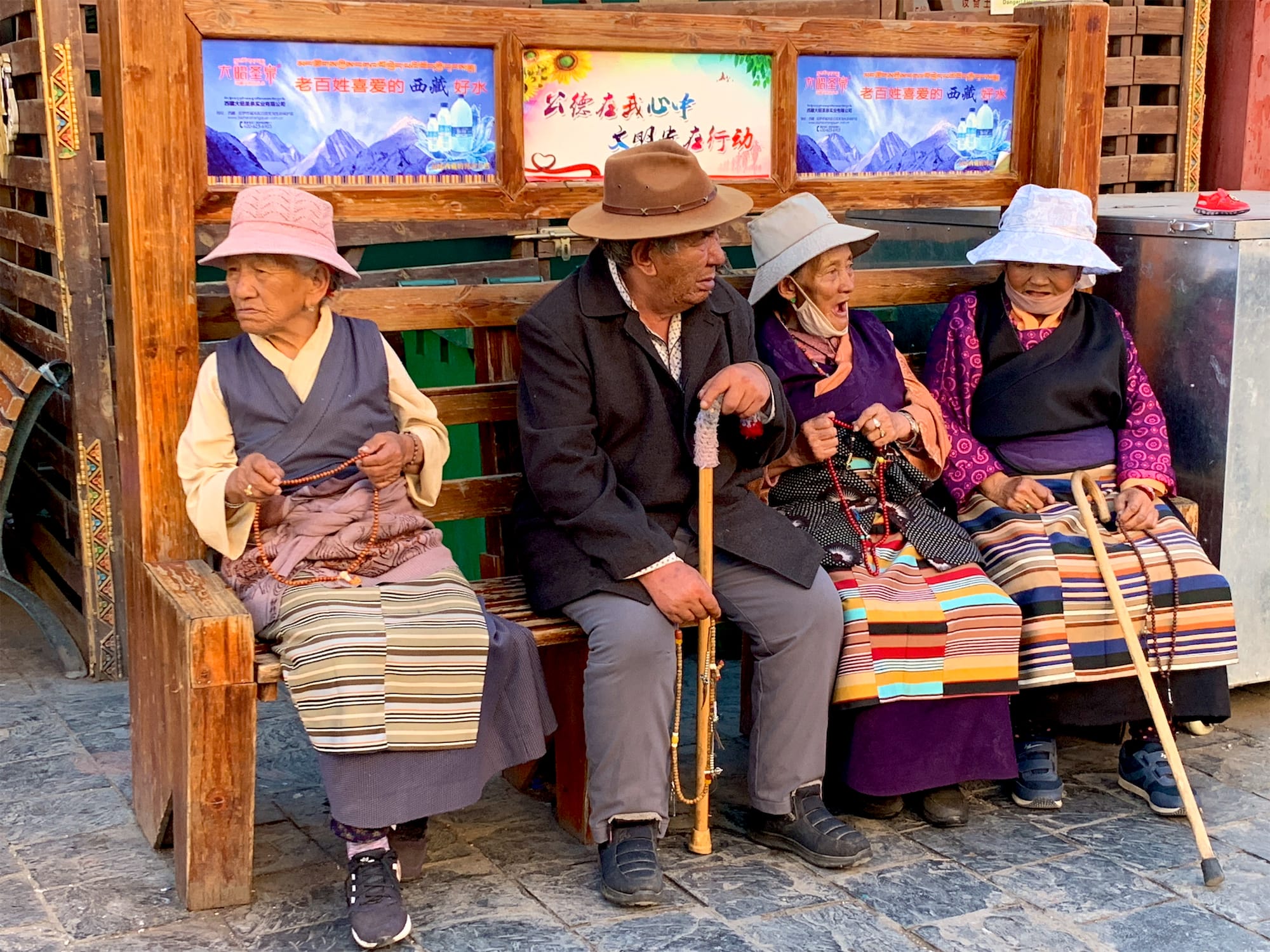
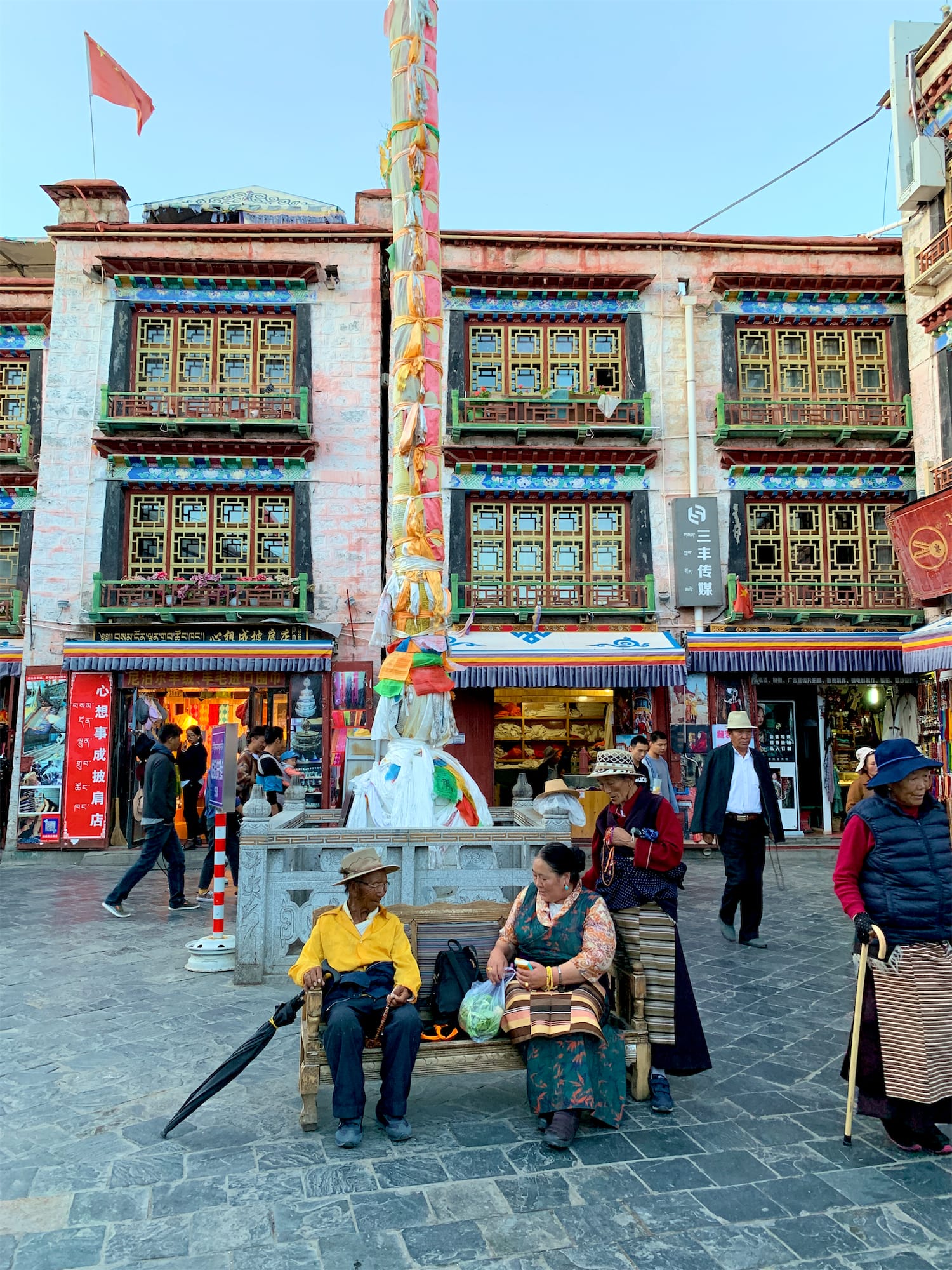
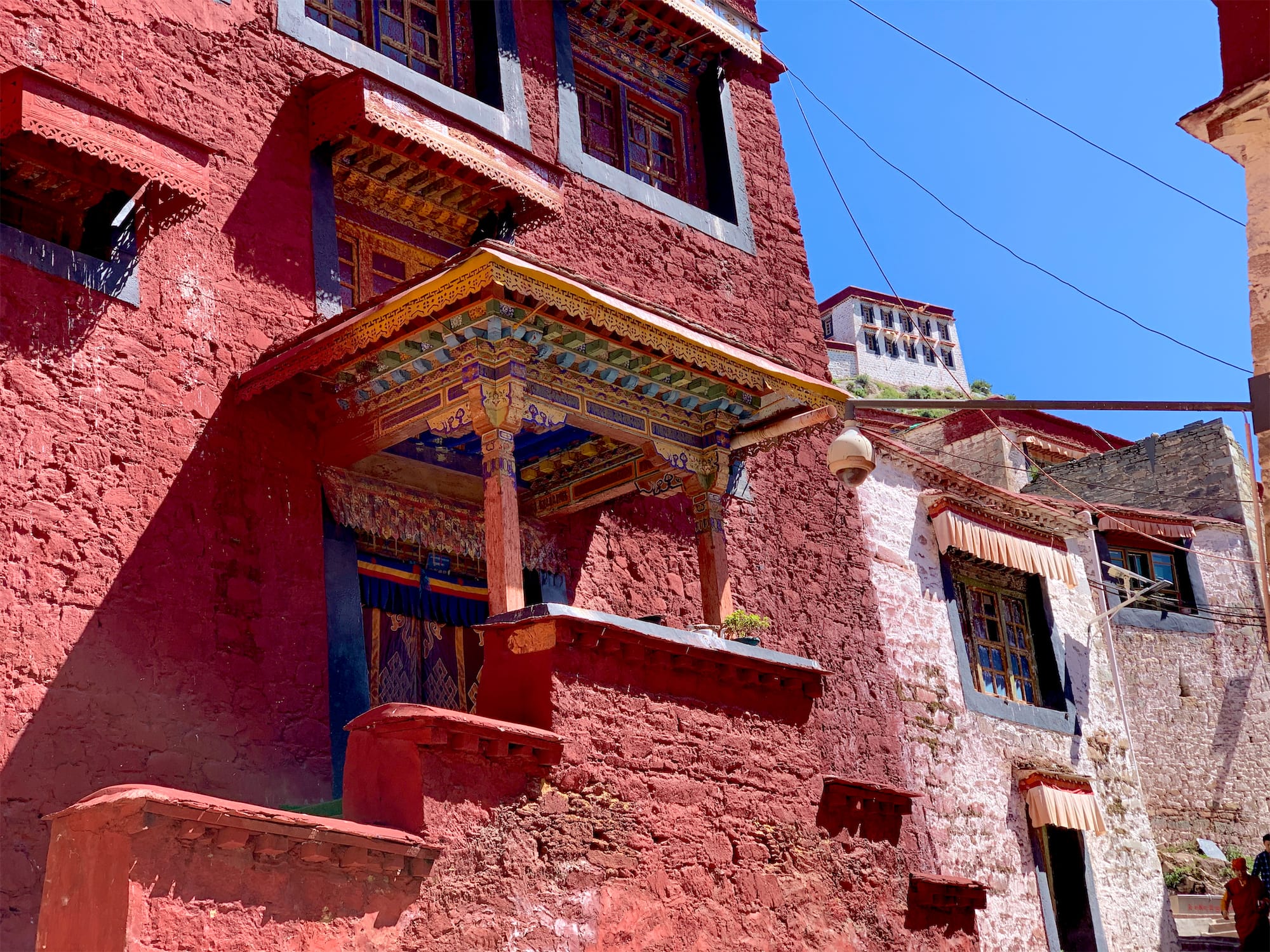

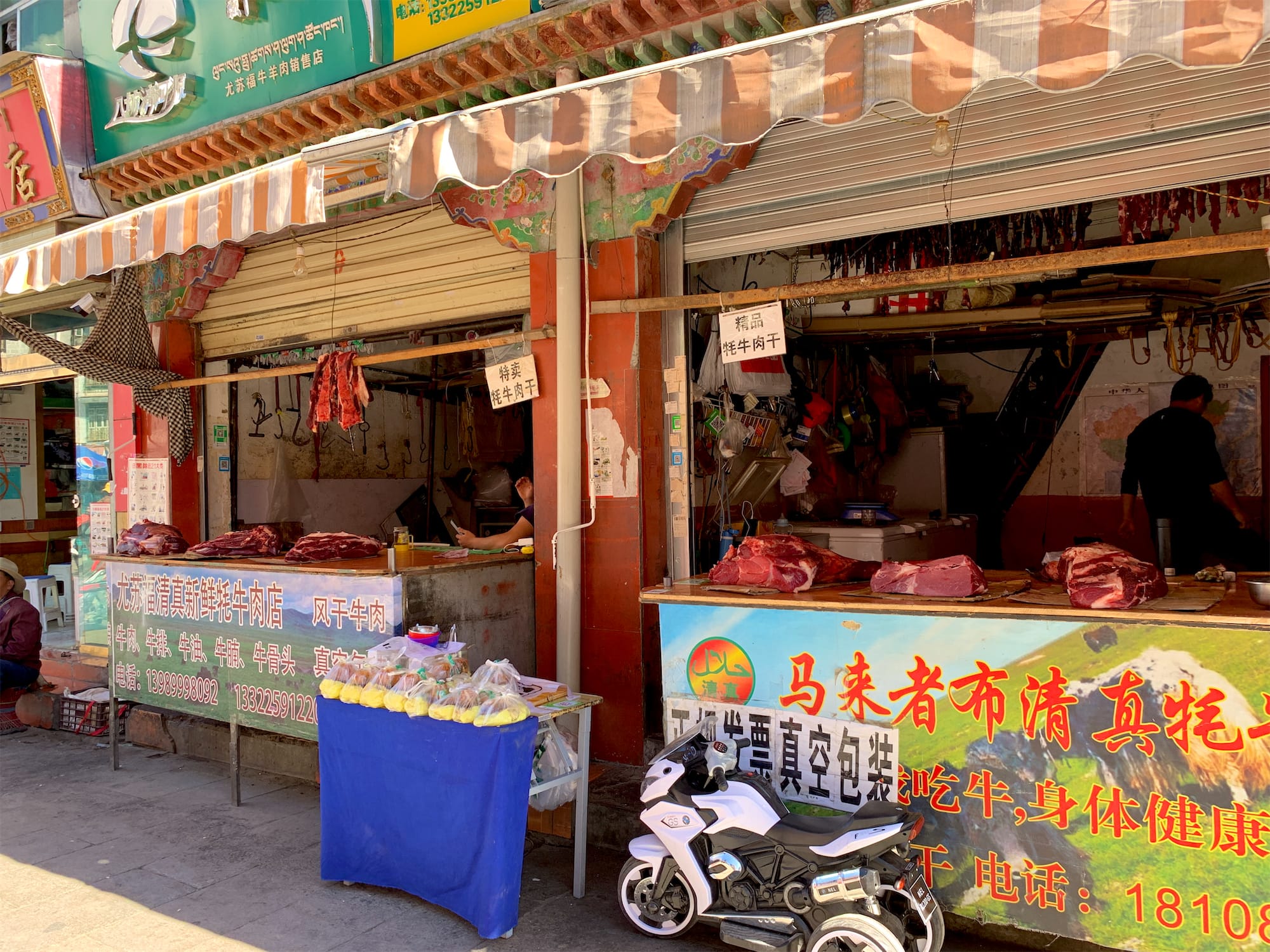
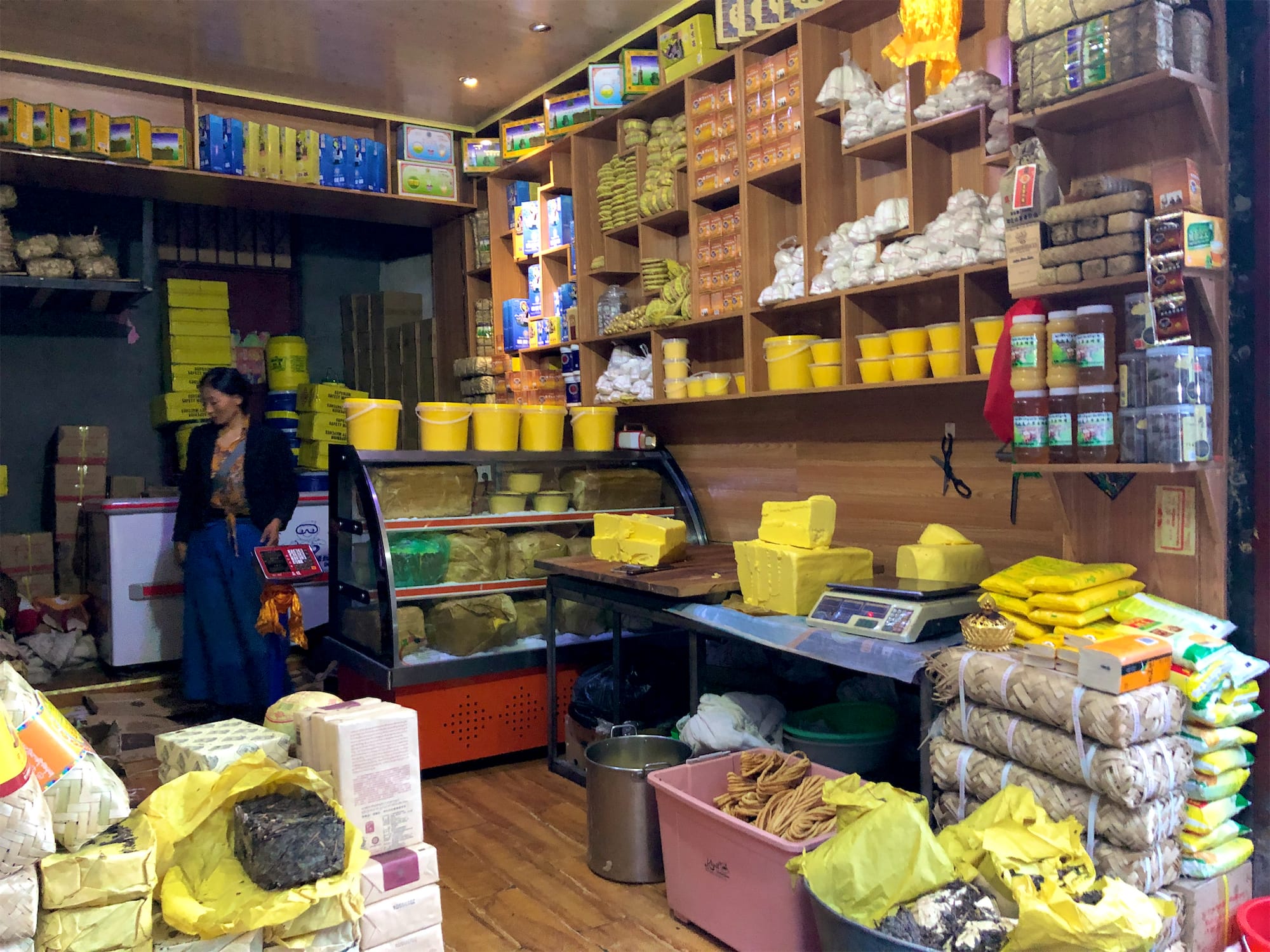
Tibet is a land rich in history and unspoiled nature and after this trip, I still don't know how long. Lhasa, the capital, is in full swing, with infinite new construction sites that are changing the city and that could soon alter its main characteristics. If you have the chance, it's a once in a lifetime trip and we suggest you to plan it without waiting too long.


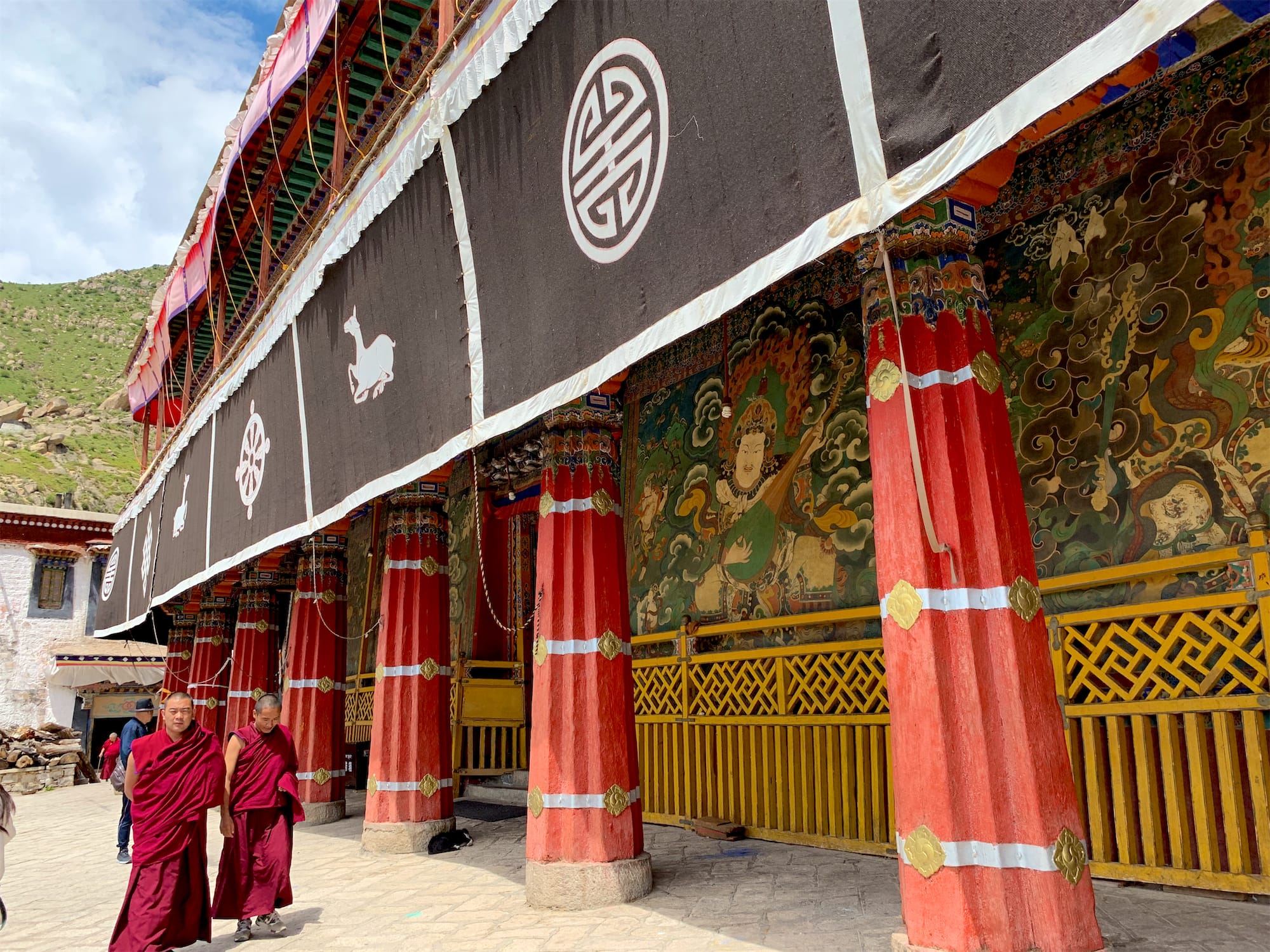

In Tibet it is not possible to move independently, but it is necessary to rely on a local operator, who will also take care of the procedures to obtain the entry permit. After several analyzes and comparisons, we decided to rely on Tibetan Guide . The owner Dhondup has always been available to respond quickly to all our requests and the reviews of the other visitors, absolutely positive, have convinced us. There are different types of tours to choose from and once booked, departure is guaranteed. On our tour we could have been up to 12 people, while in the end, since no one else joined on our date, it turned (at the same price) into a private tour, which has the advantage of greater flexibility in carrying out the program. In fact, we started from one of the tours proposed on ( discover tibet tour ) and then customize it by including further stages that interested us. The experience was absolutely positive and during the tour Dhondup and his collaborators did everything possible to make our trip to Tibet perfect.
The devotion of Tibetans to Buddhism, composed and felt, is manifested through gestures that are rooted in the history of this territory. The characteristic prayer flags and the stairs painted along the sides of the mountain represent their desire to get closer to what is sacred with their prayers.
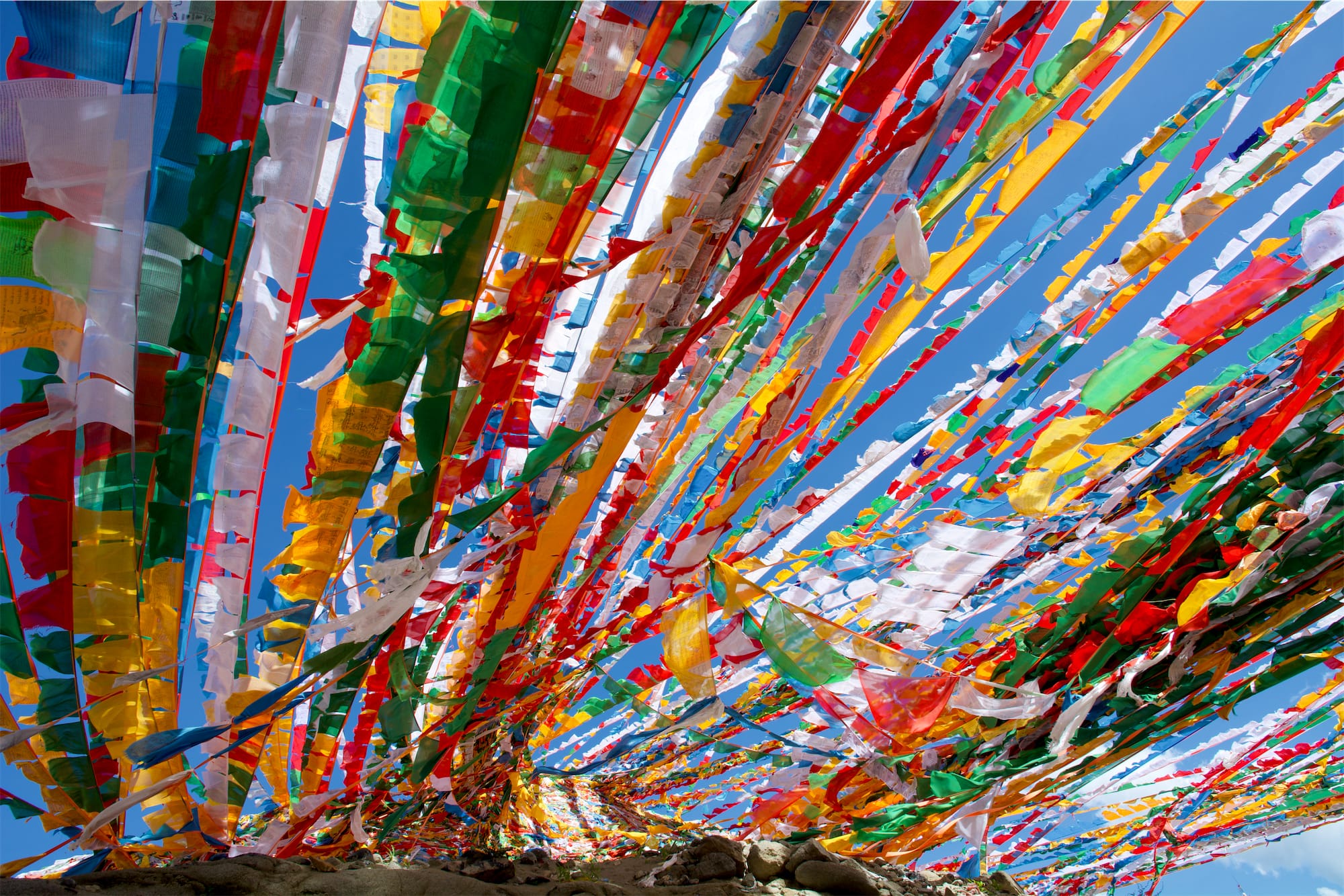
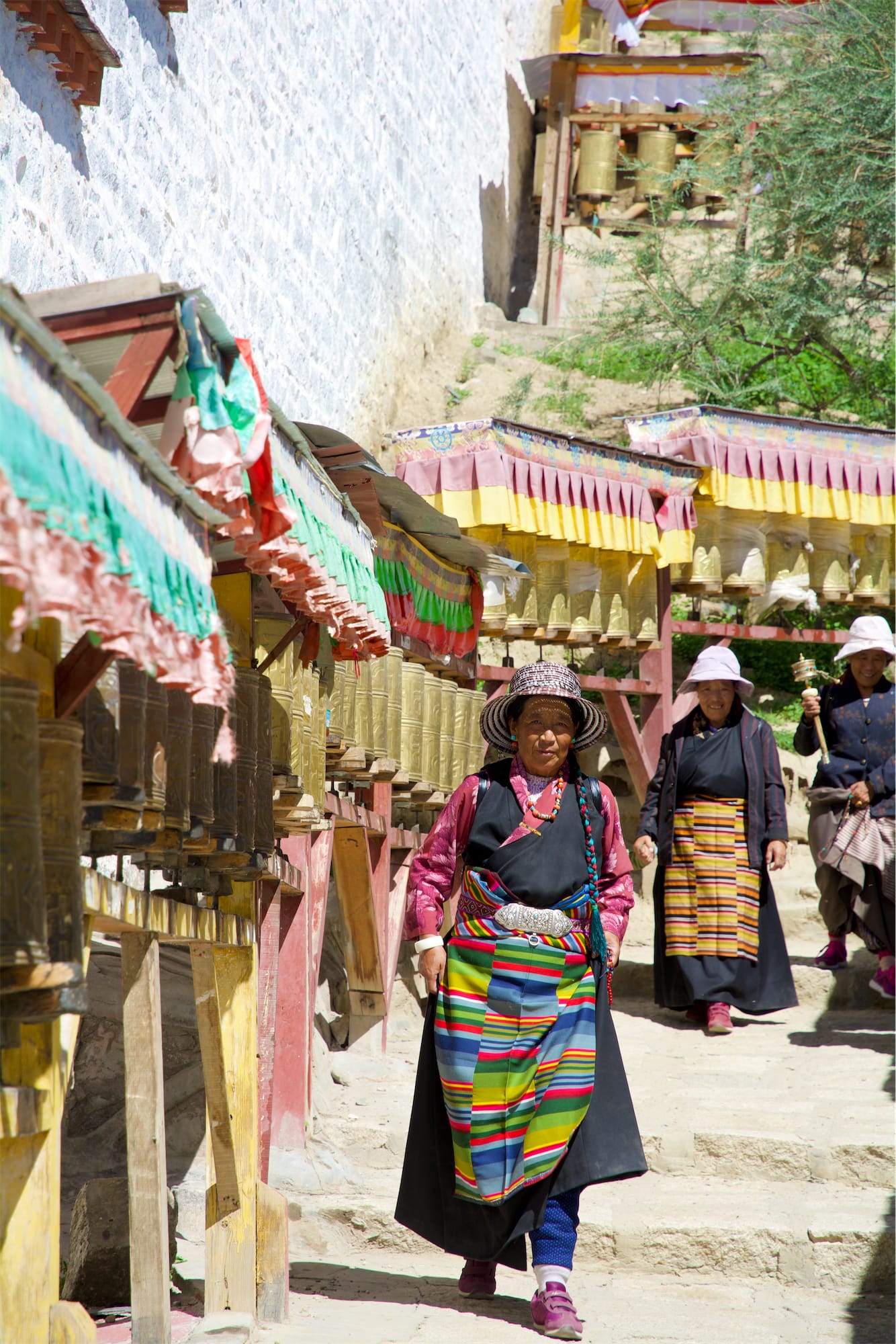
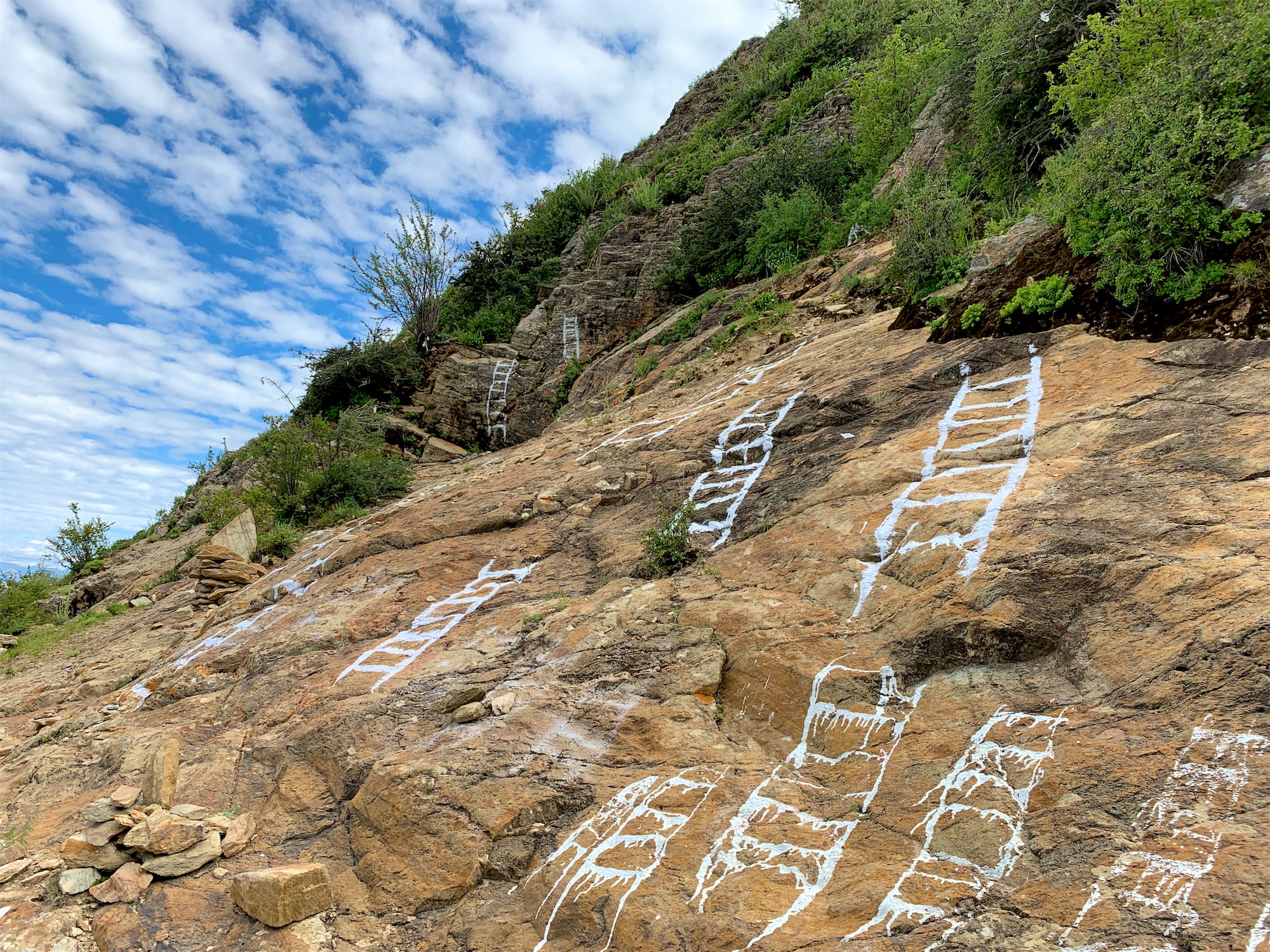
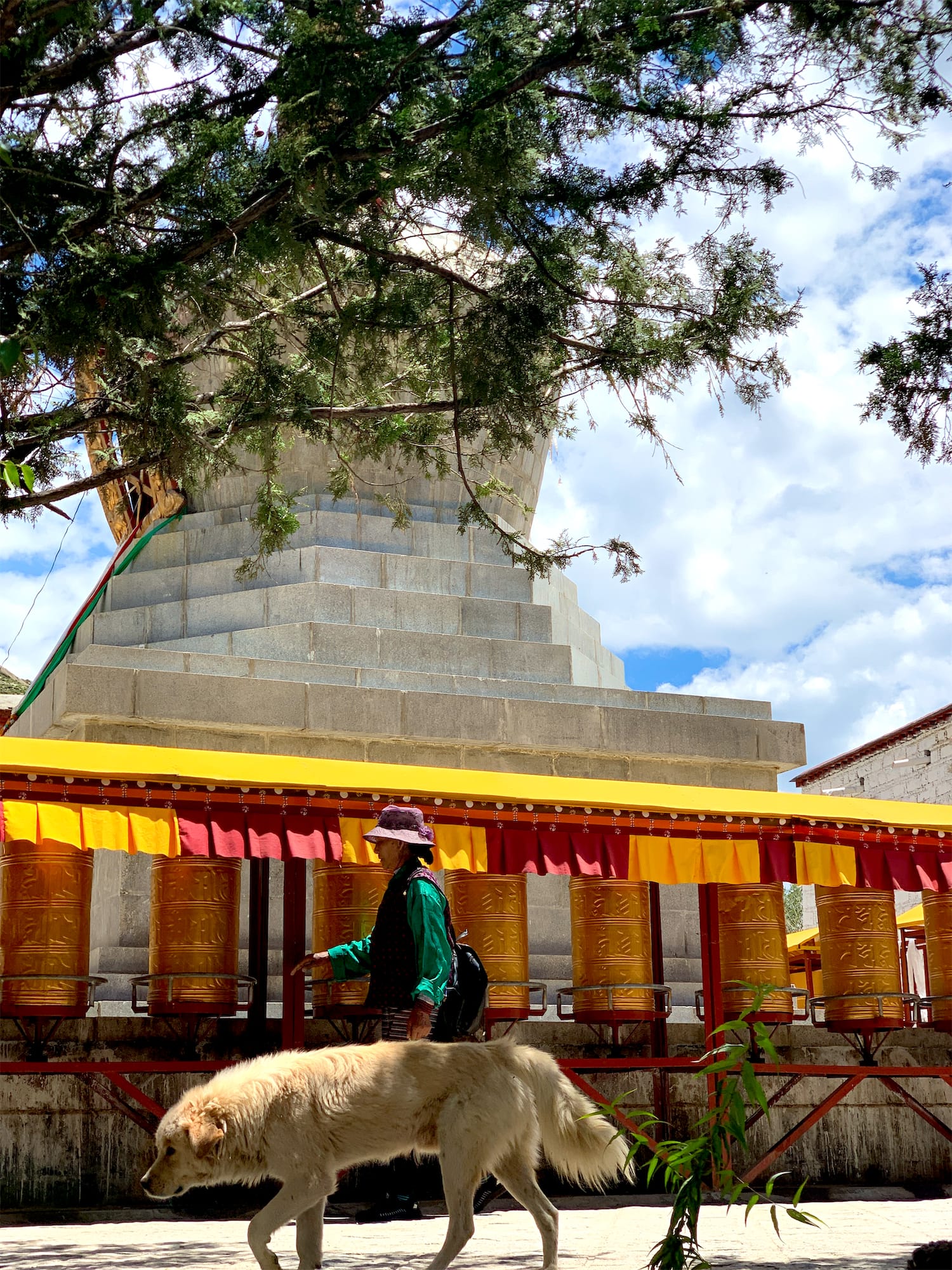

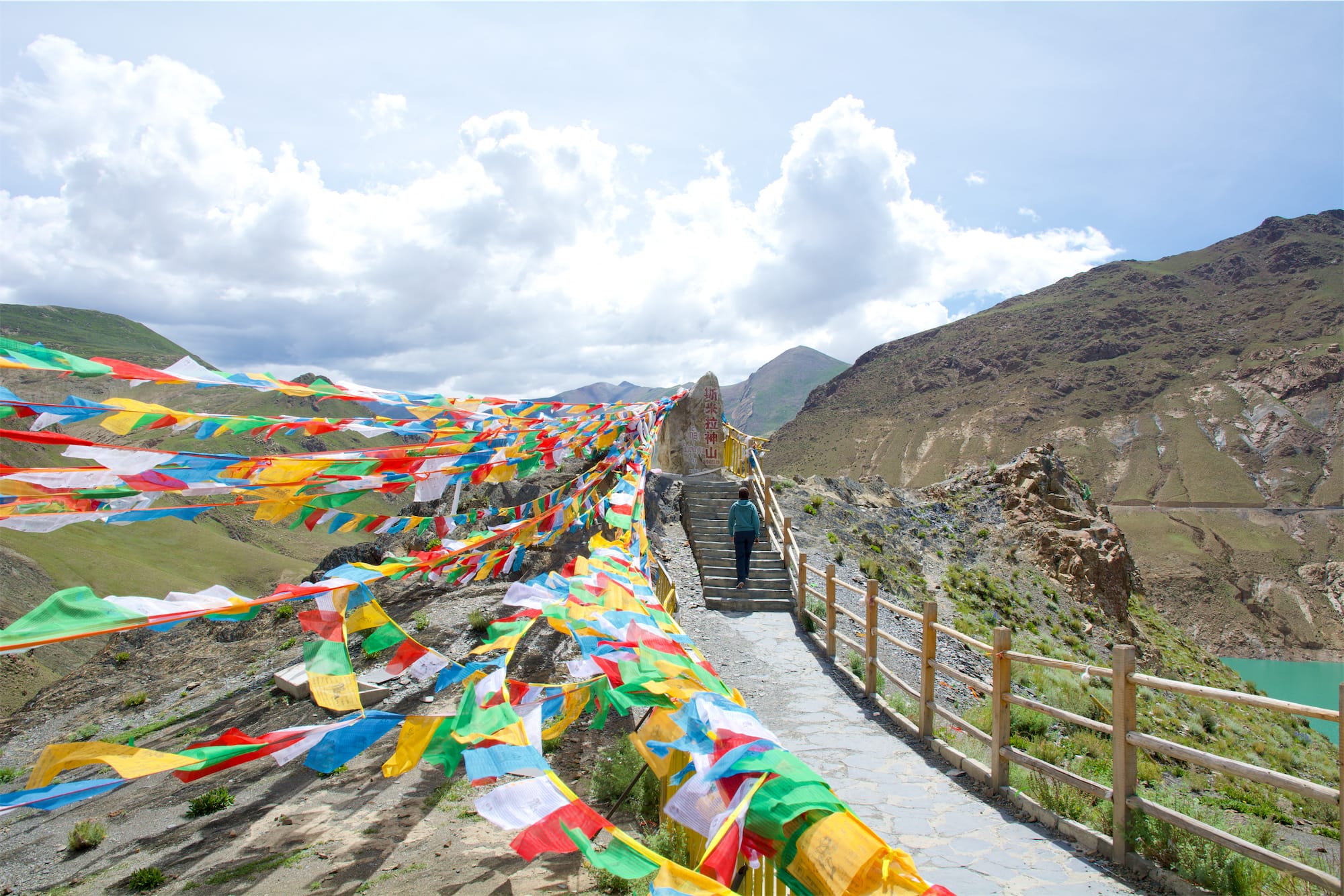
The altitudes you will reach will leave you speechless, during our move to Shingatse we exceeded 5,000 meters up to the foot of a perennial glacier and wearing a light sweatshirt.

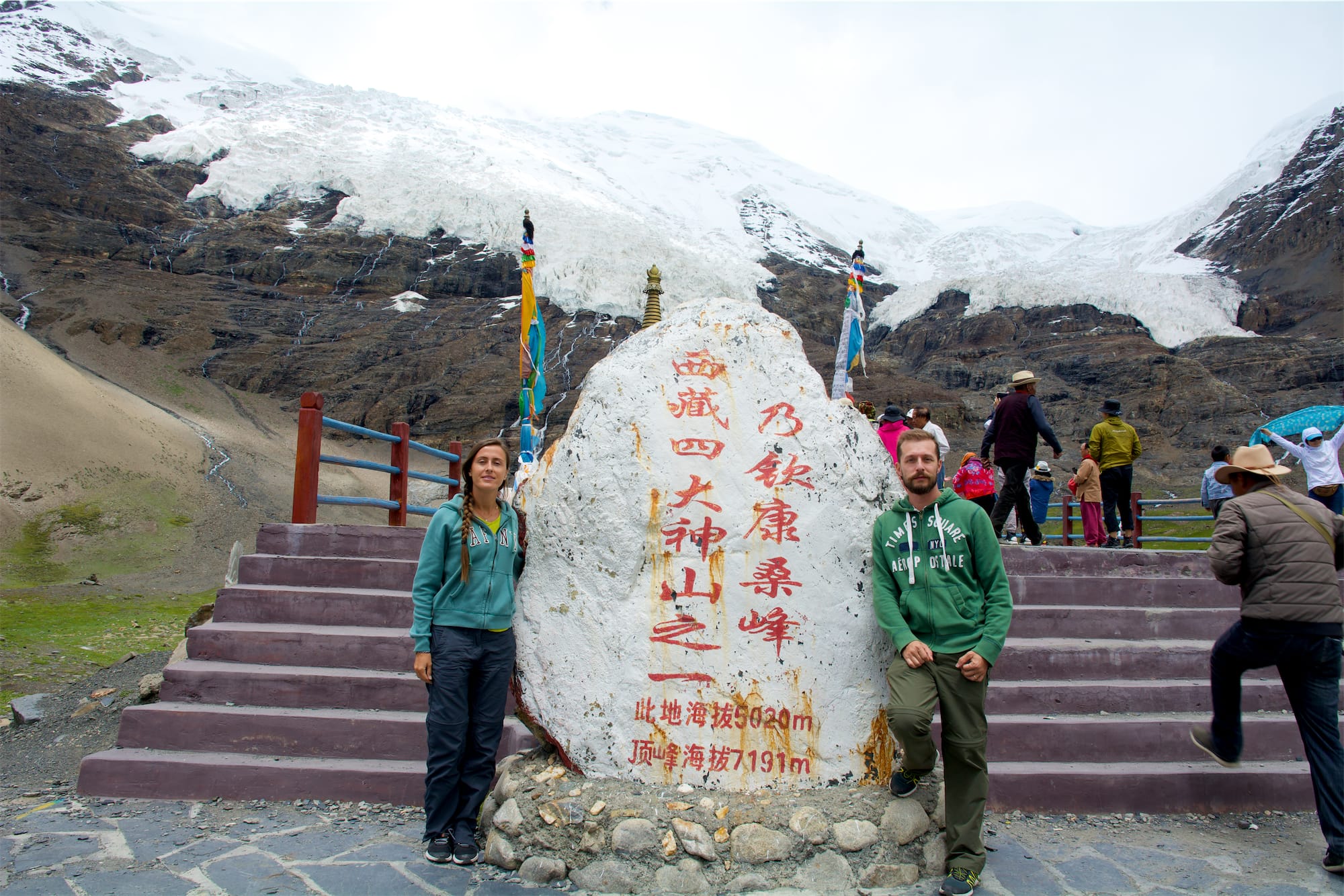
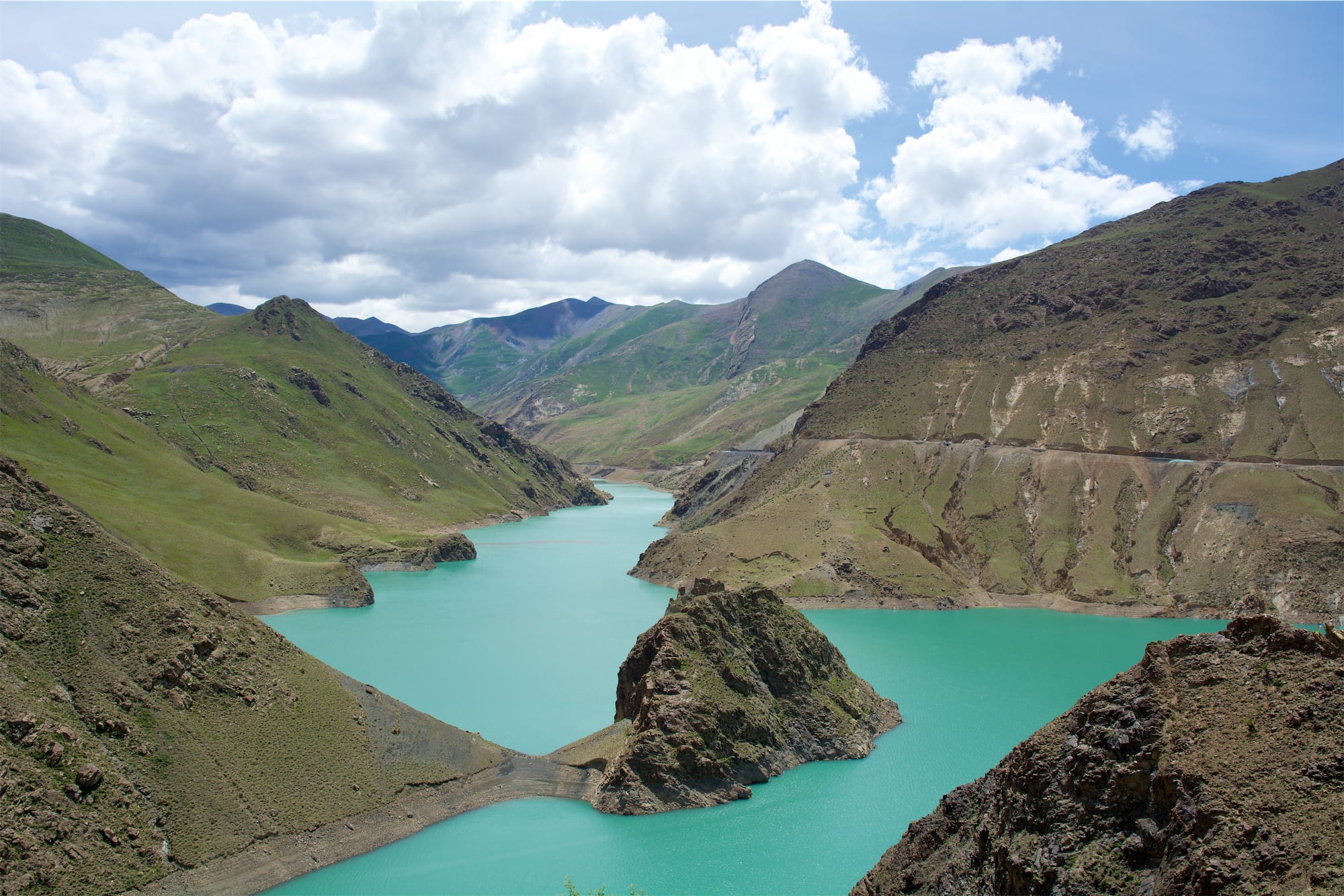
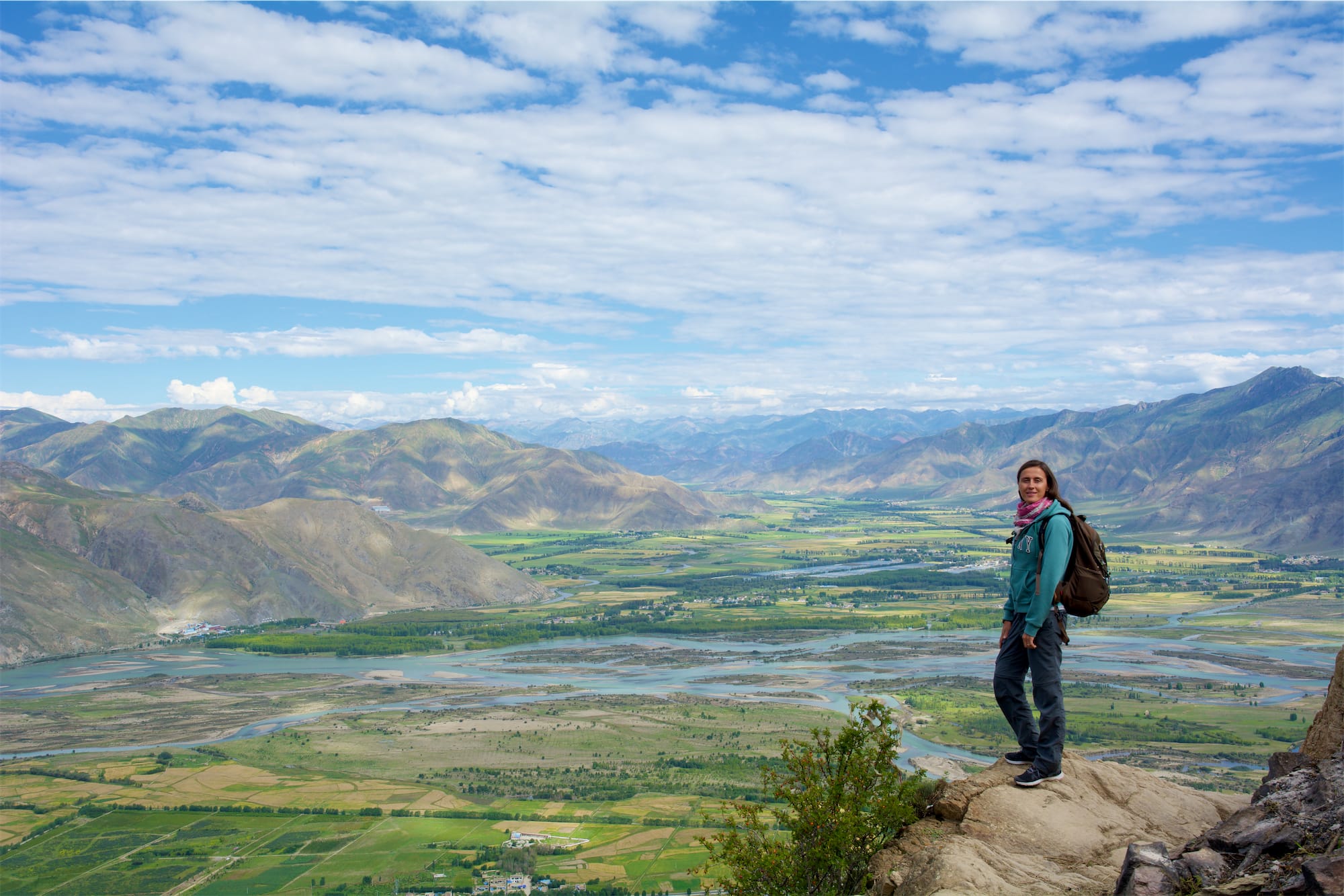
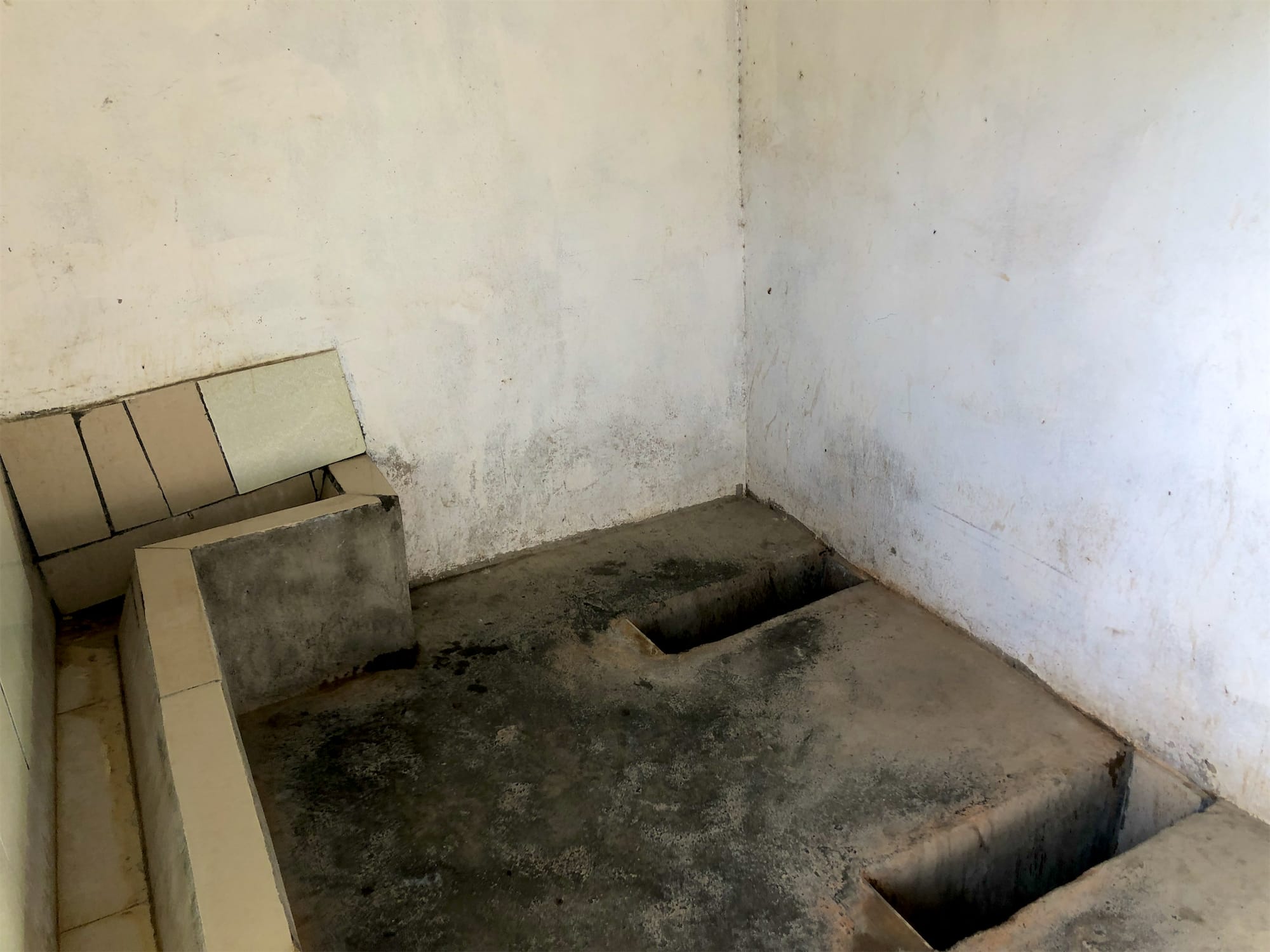
The only sore point, to be taken into consideration are the poor hygiene conditions. The public toilets are really "demanding", so you will have to be a little picky if you want to experience well a tour of Tibet. Usually the bathrooms are shared and separated only between men and women. Inside, no doors, just a hole in the concrete and unfortunately sometimes many remains of previous visitors. I think in any case, it is a small price to pay, compared to what this beautiful country can give you.
There are fewer and fewer Tibetans, many of the inhabitants are now Chinese, as are all the armed forces that control the center of Lhasa and access to the cities. While on the move, you will have to stop at several checkpoints where your documents and visa are scrupulously checked by the military to make sure everything is in order. The reason why it is necessary to subject this so peaceful territory to this control is not clear to me, given that the impression we had was of a truly peaceful population devoted to the principles of Buddhism.
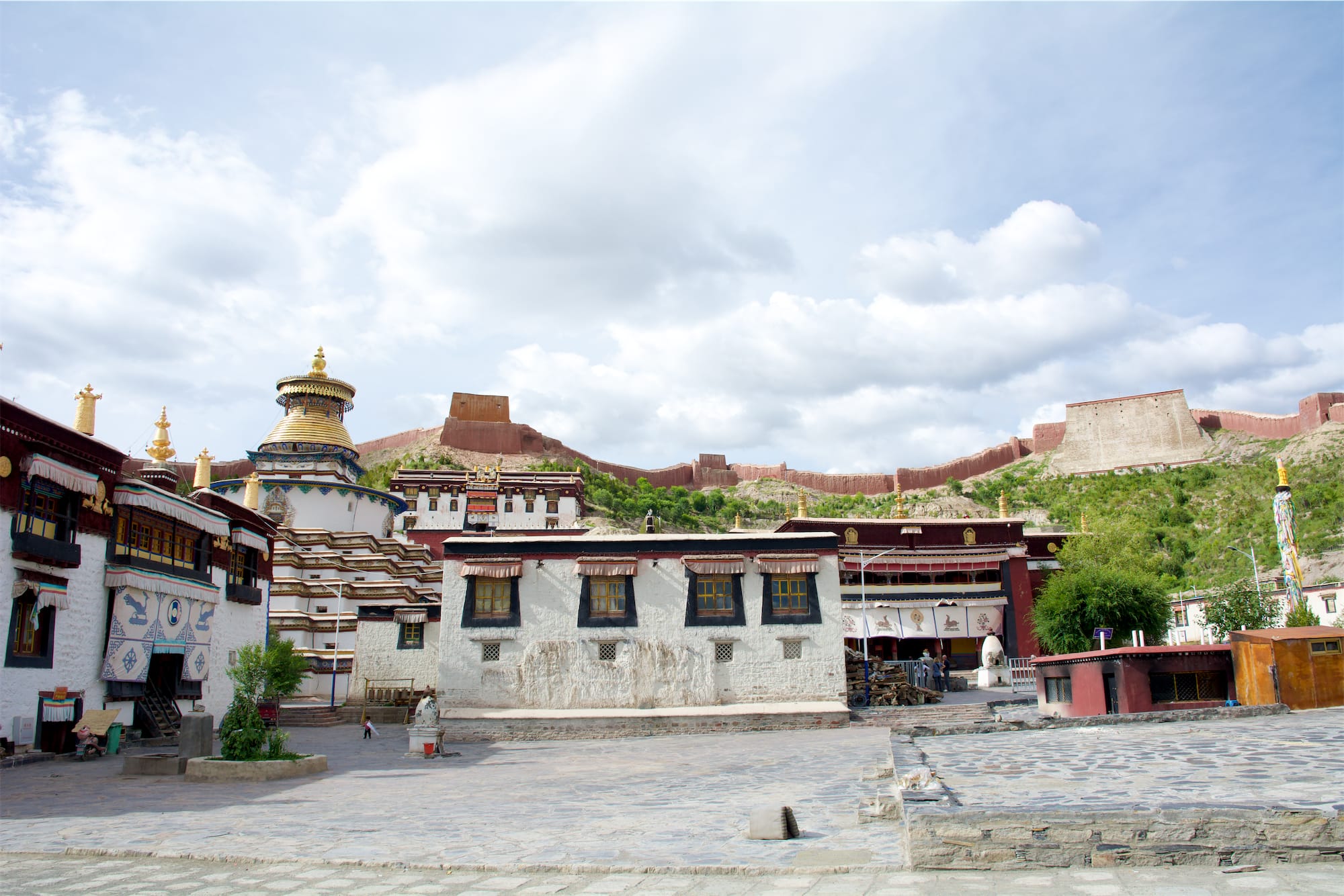
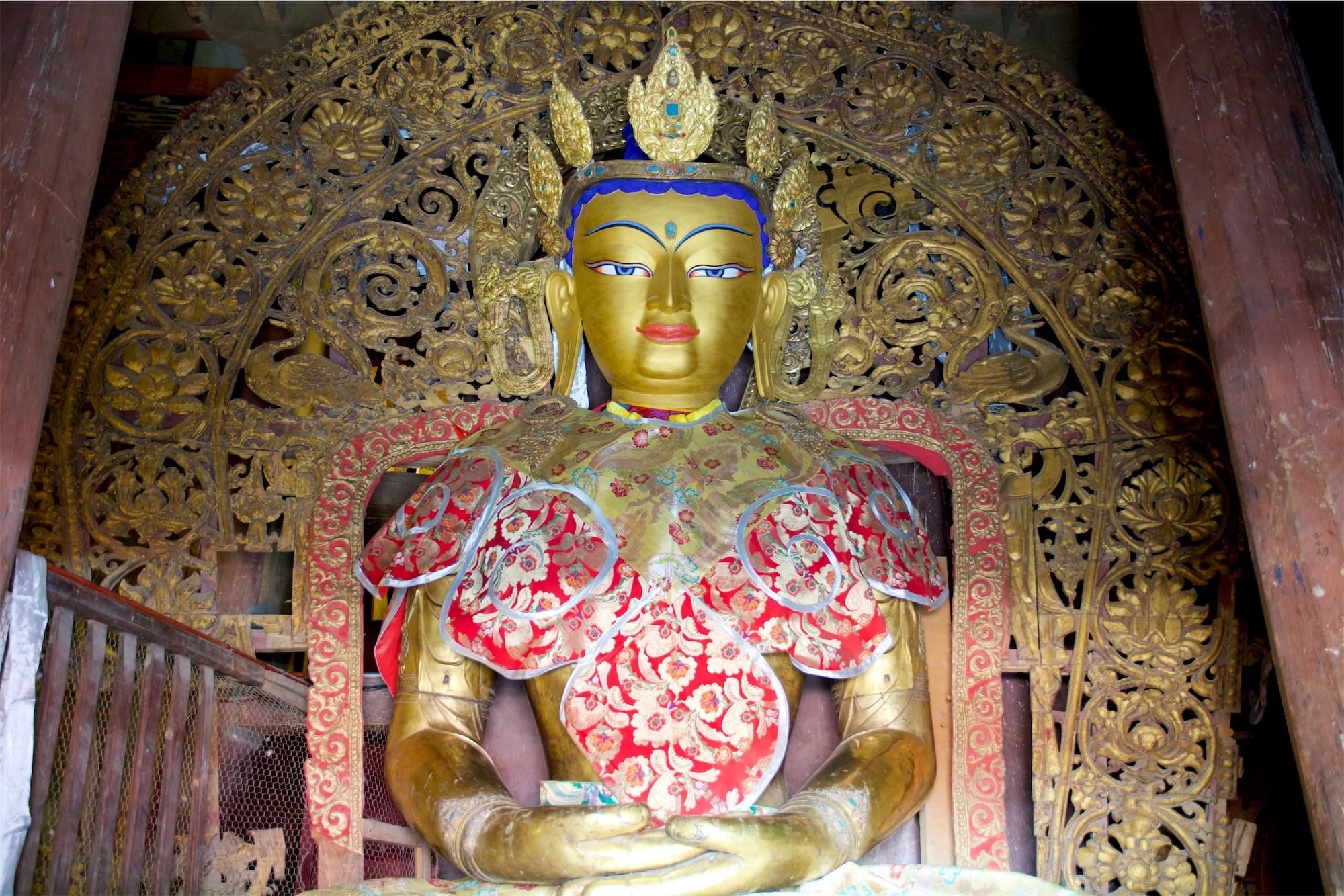

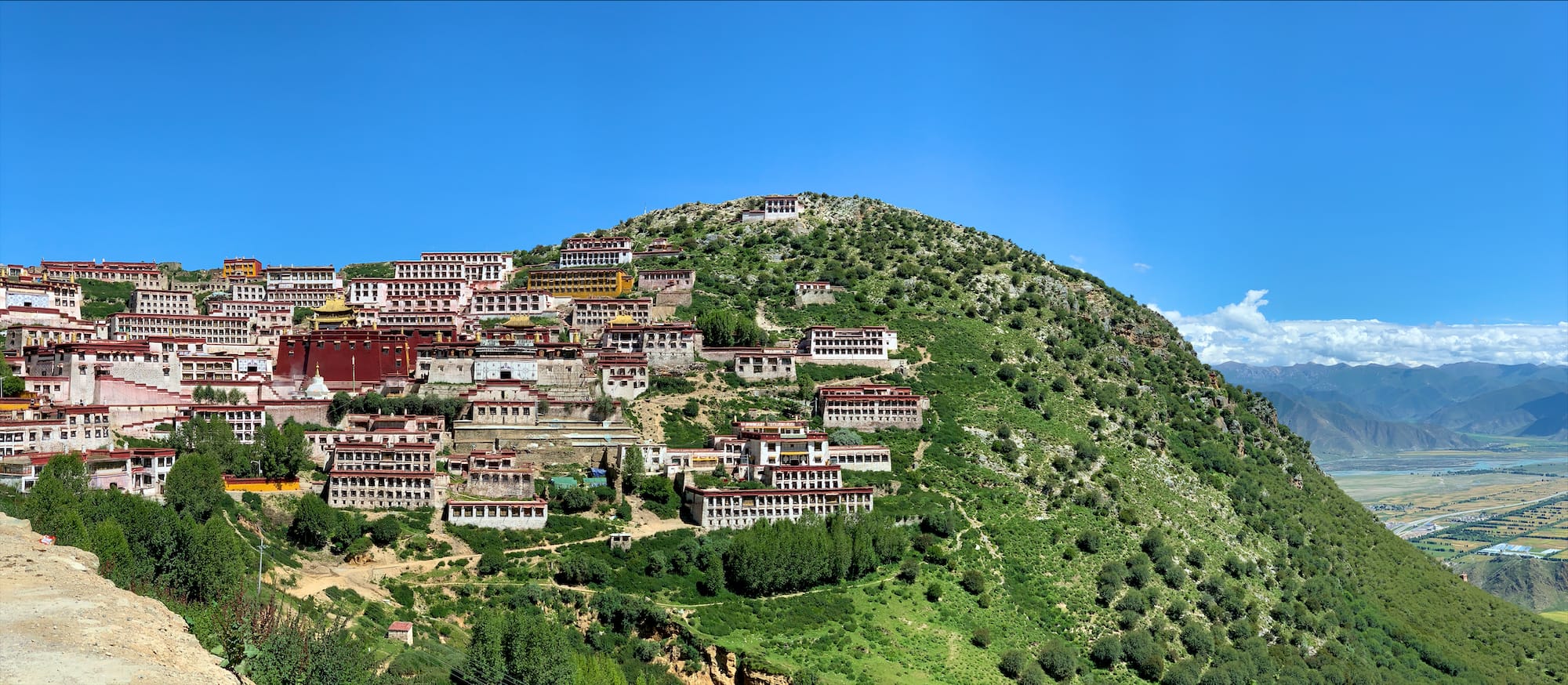
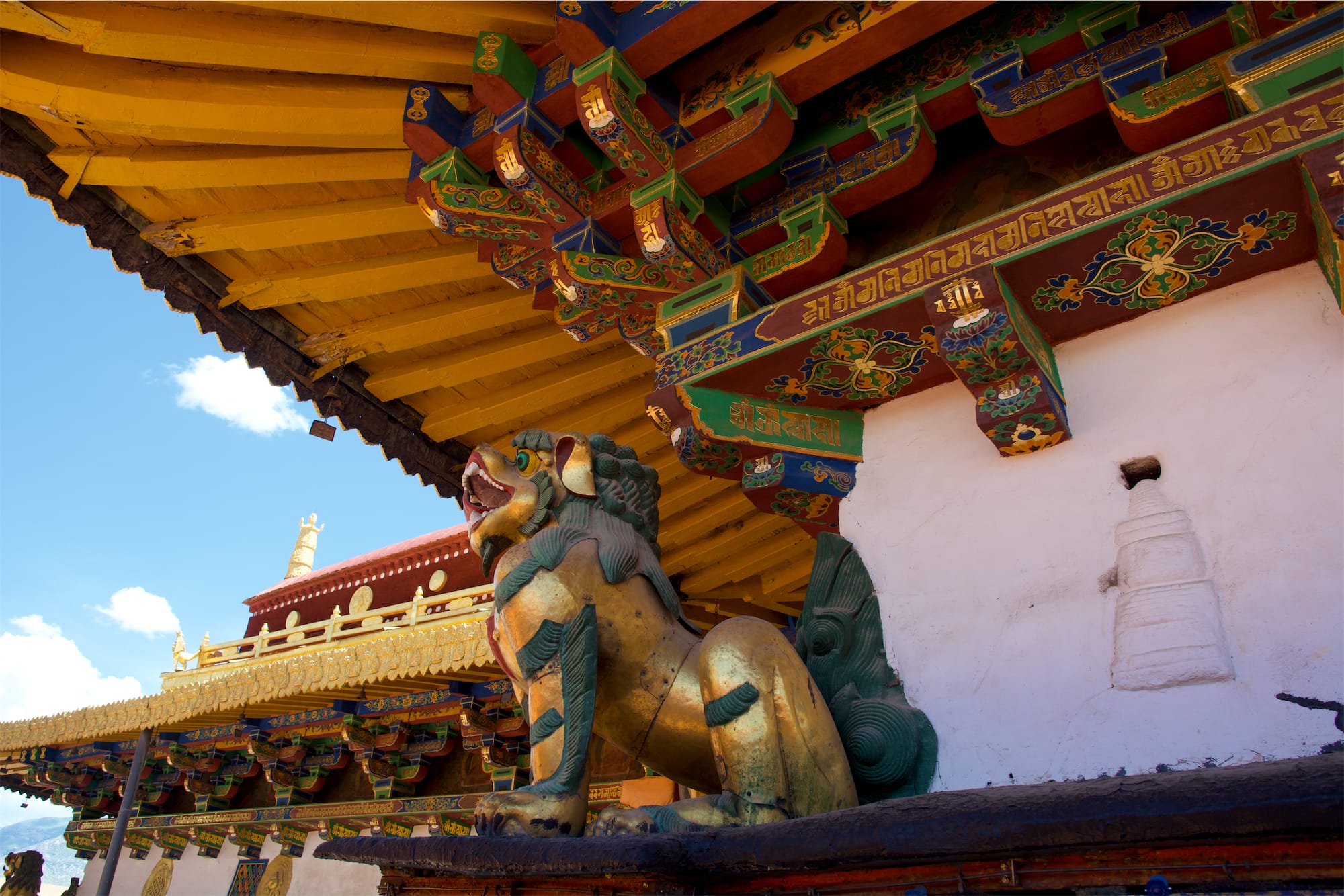

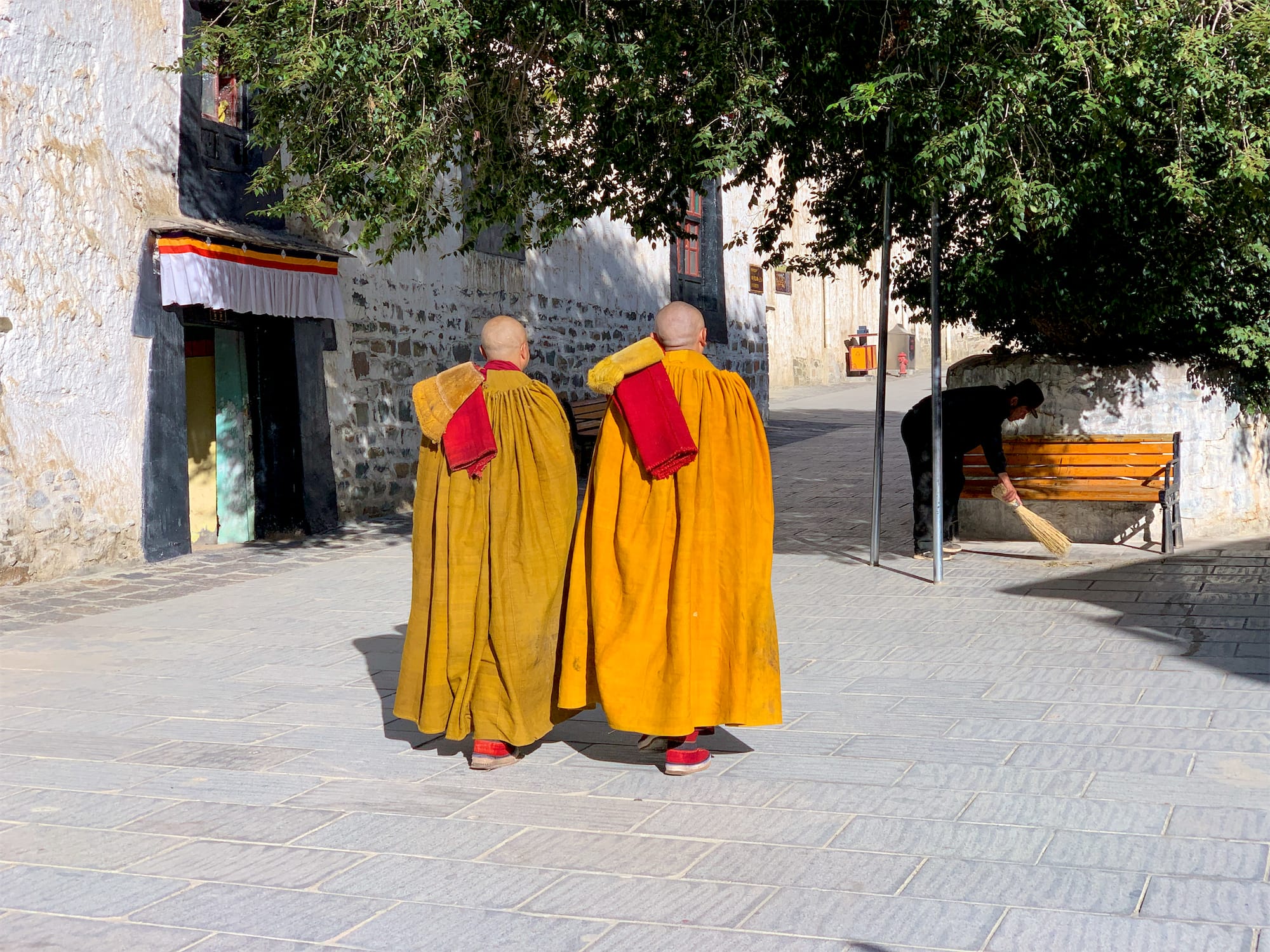
If we have intrigued you, in the next post we will tell you more about the stages of our tour.
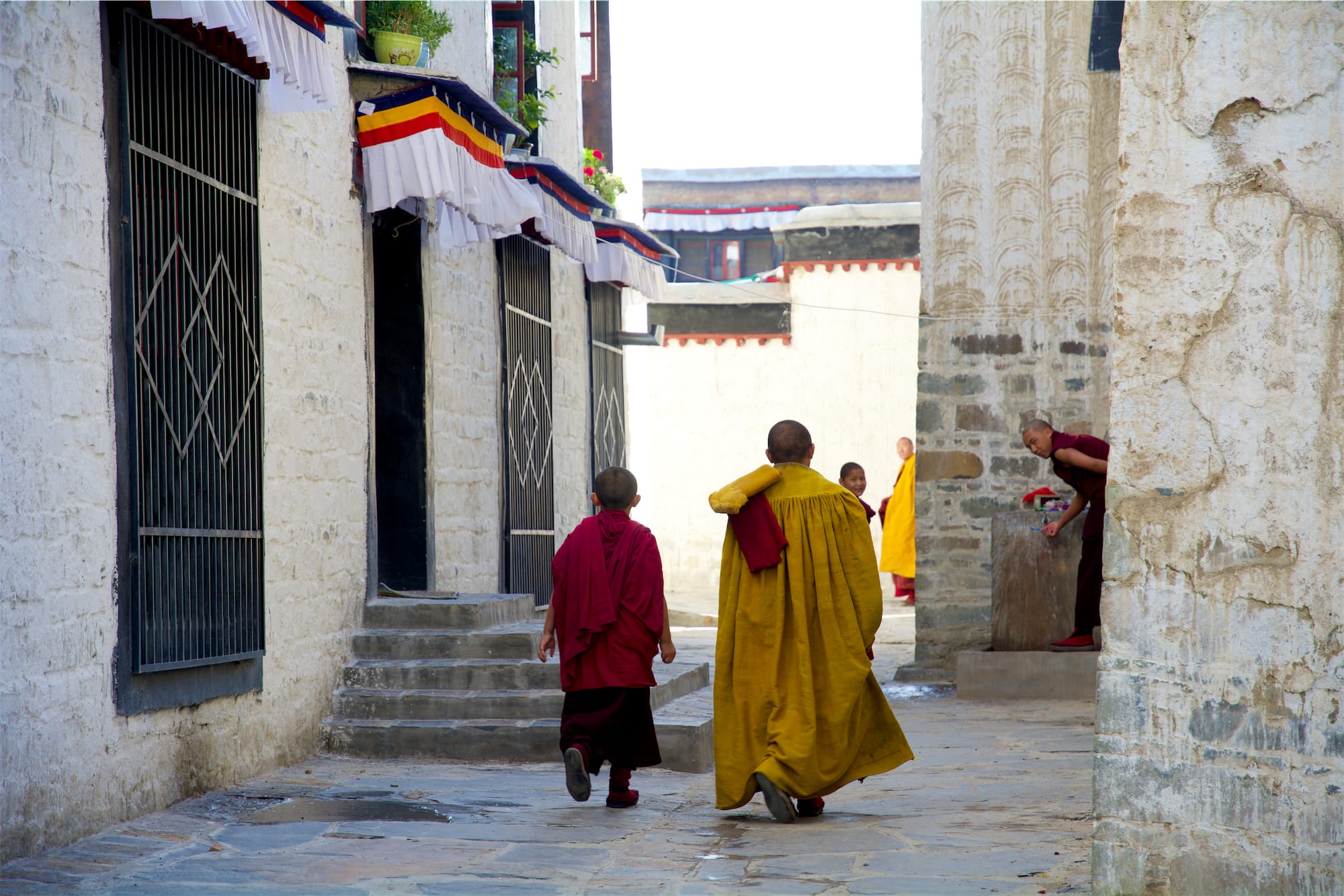
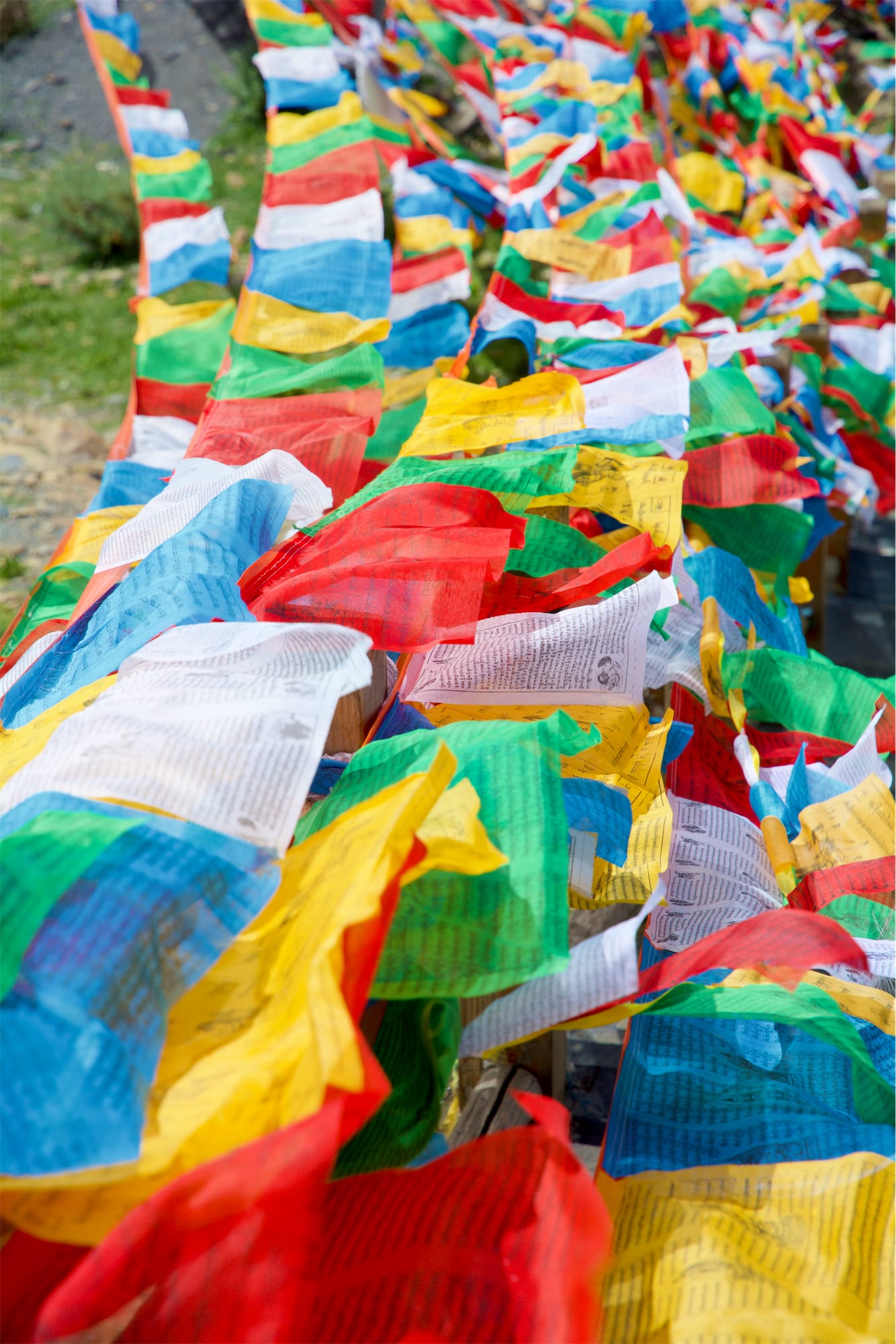
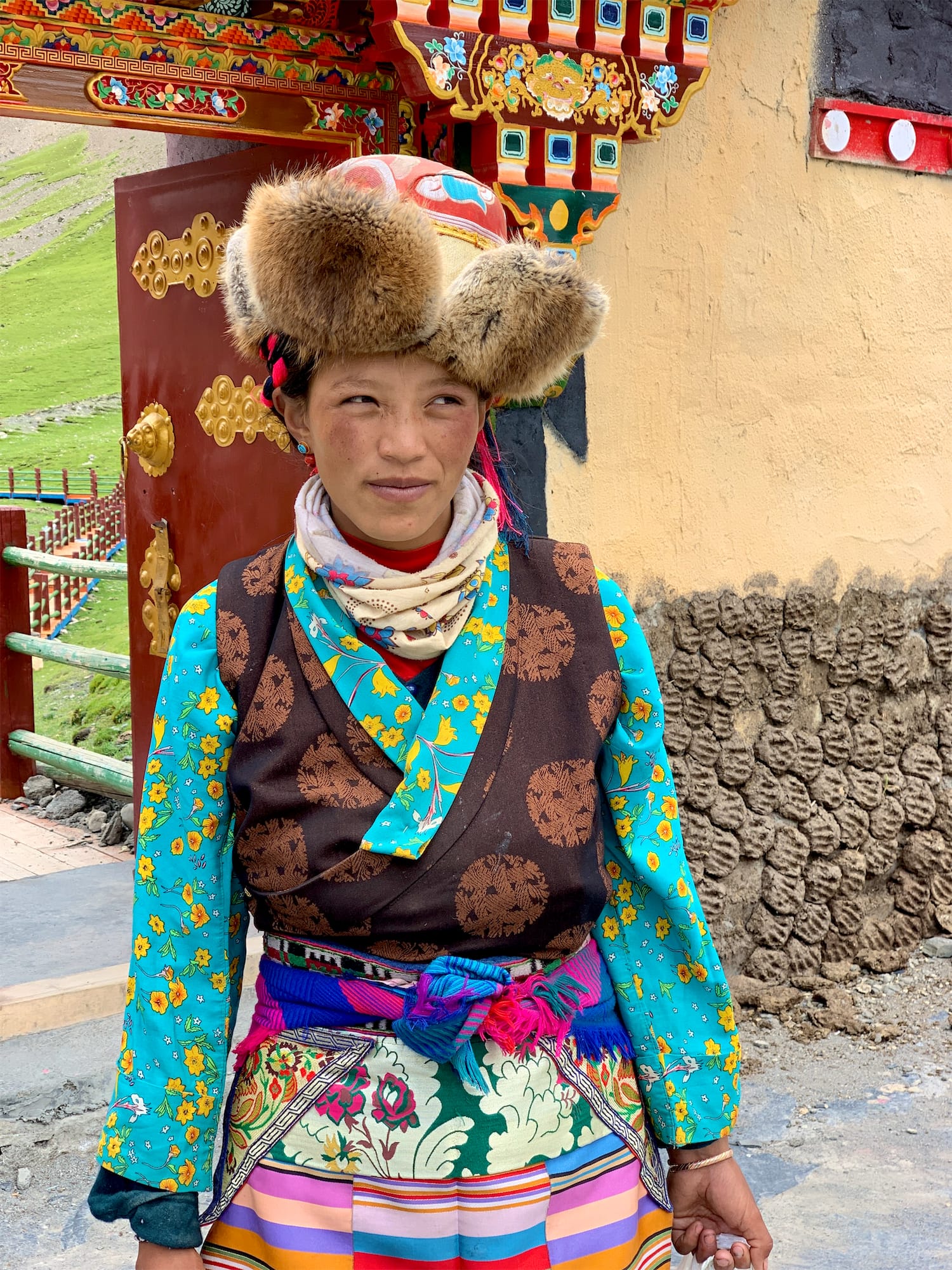
Before your trip
- Best time to go? We were there in August, from 16 to 22. We found a perfect time, with wonderful sunny days and intense blue sky. Despite the altitude, the temperatures have always been mild
- How to organize the tour? It is mandatory to rely on a local agency, which will also take care of the entry procedures and send you a visa. In addition, only agencies can purchase entrances in advance (for example for the Potala Palace, with a fixed day and time)
- Where to stay? The tours usually also include the stay, defined according to the stars of the structure. In our case the structure in Lhasa is good, the Shambala Palace and discreet Gesar for one night in Shingatse. The Gesar is not the best, but unfortunately it is the structure to which all operators in that city rely
- Where to eat? We had a good time in Lhasa in two places: at Shambala house and Tibetan Family Kitchen . The first offers a setting furnished in style and a tasty and cured local cuisine. The second offers a splendid balcony overlooking Barkhor street and deserves for the view and for the simple but good cuisine. For Shigatse we recommend instead the Third Eye , a little simple place but where you can eat well with local and western cuisine
- What to buy? You can find a little bit of everything in Barkhor street and outside the different monasteries. Always be ready to negotiate, prices drop by an average of 50%
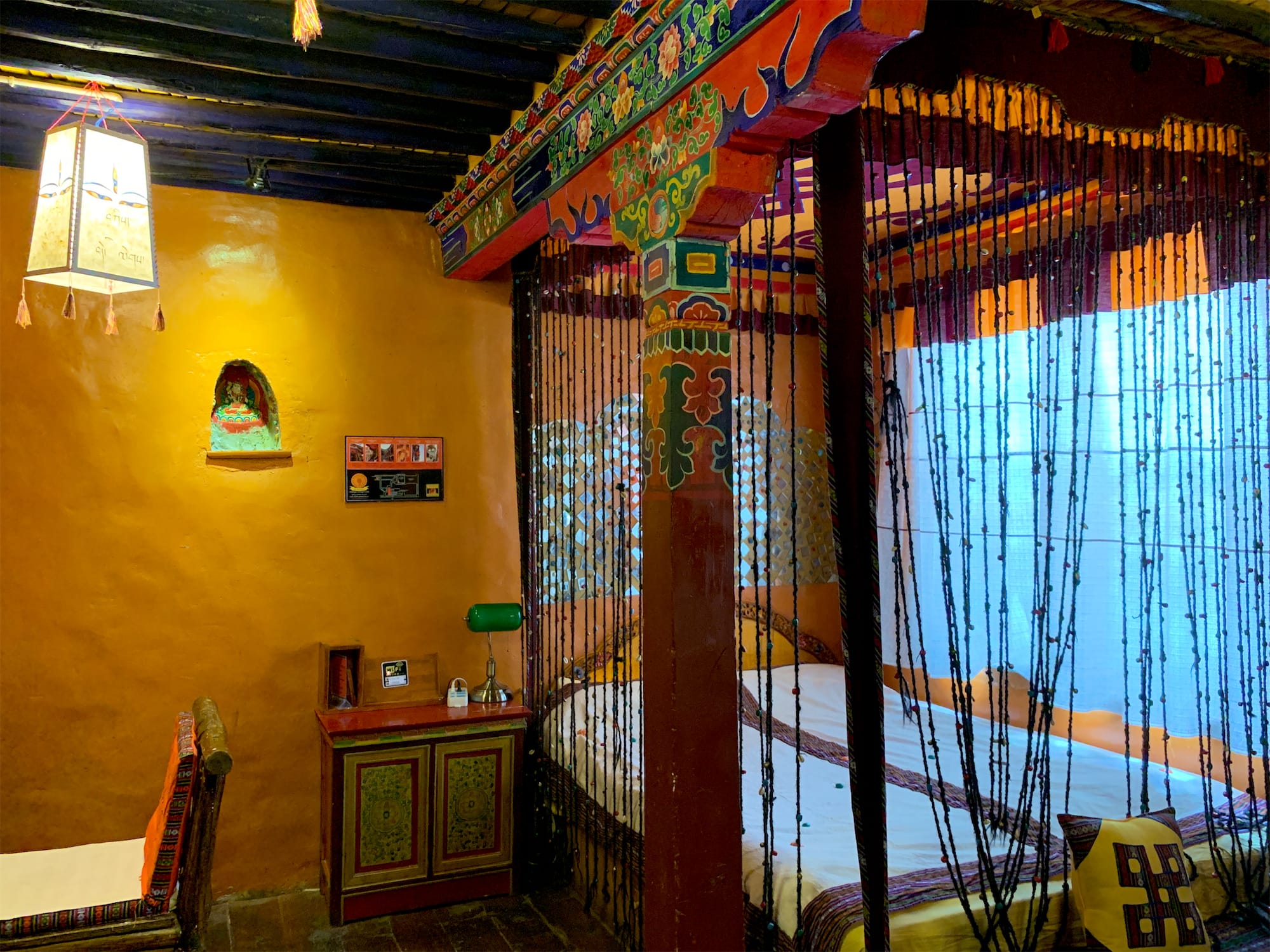
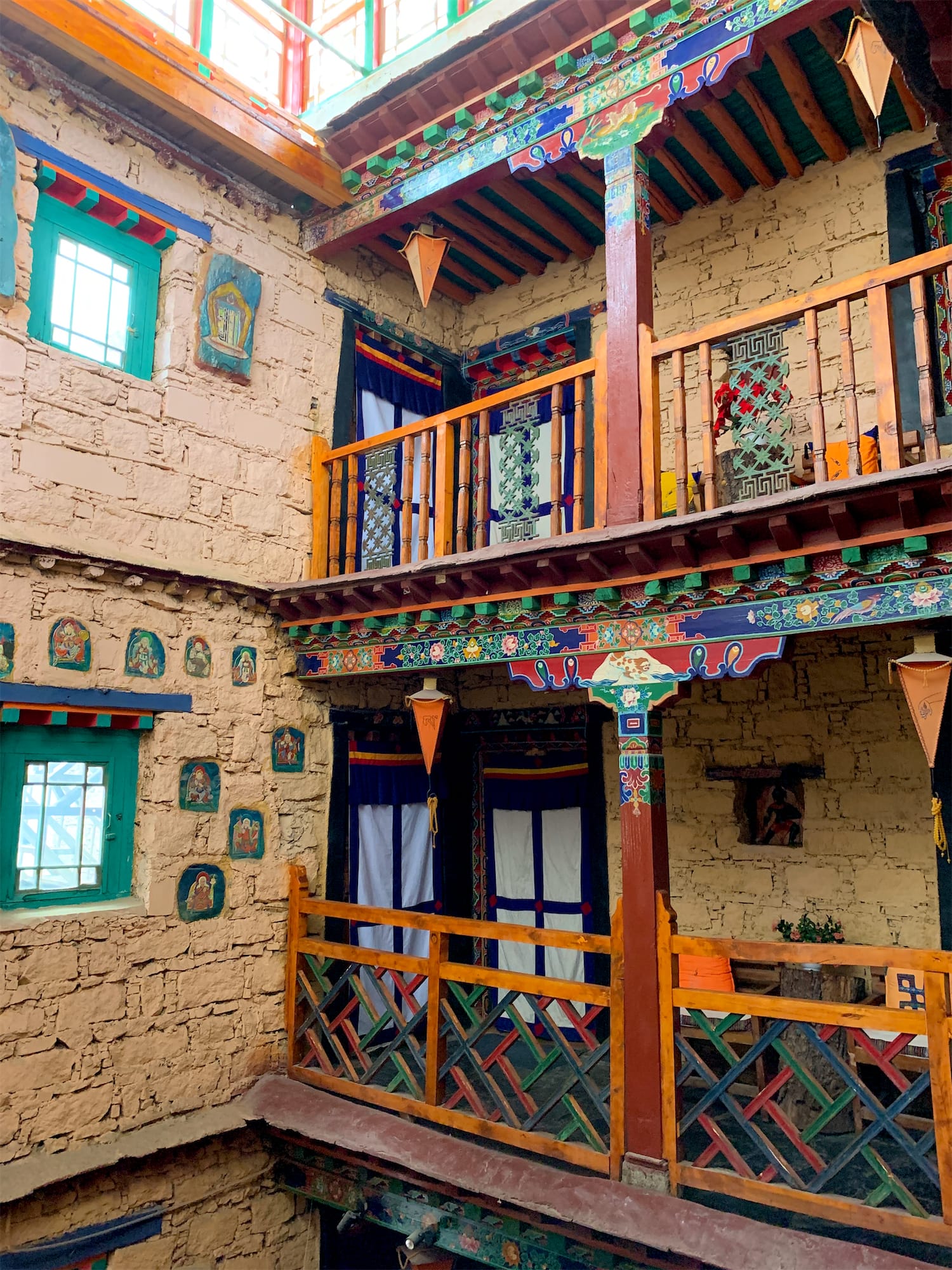

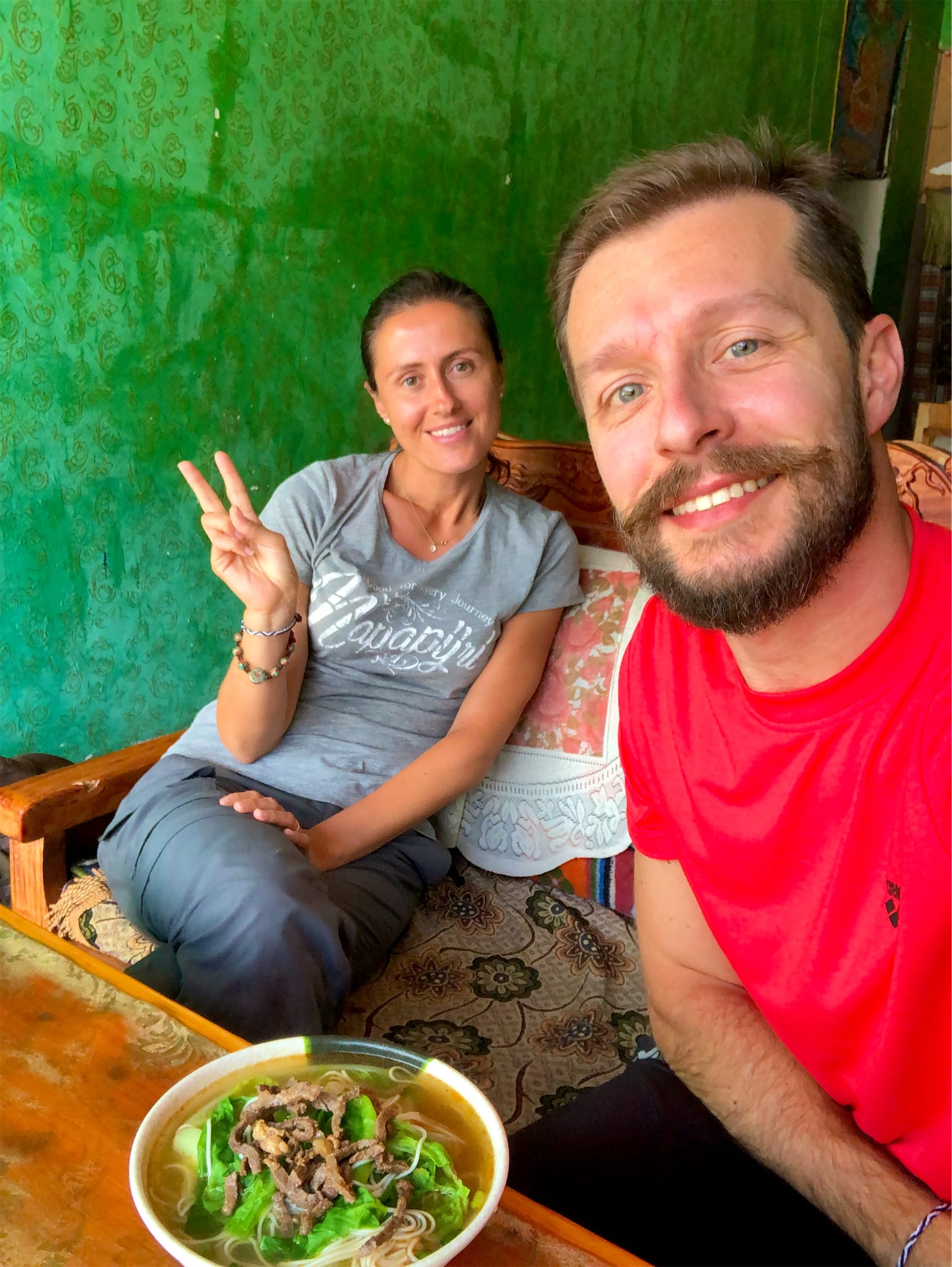

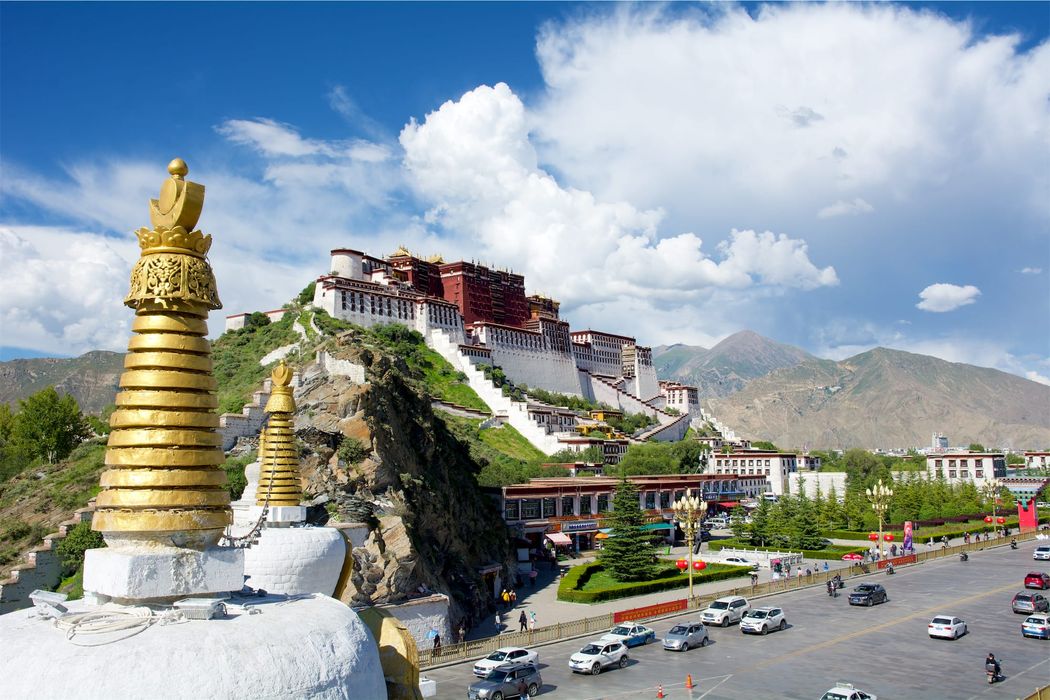
Comments